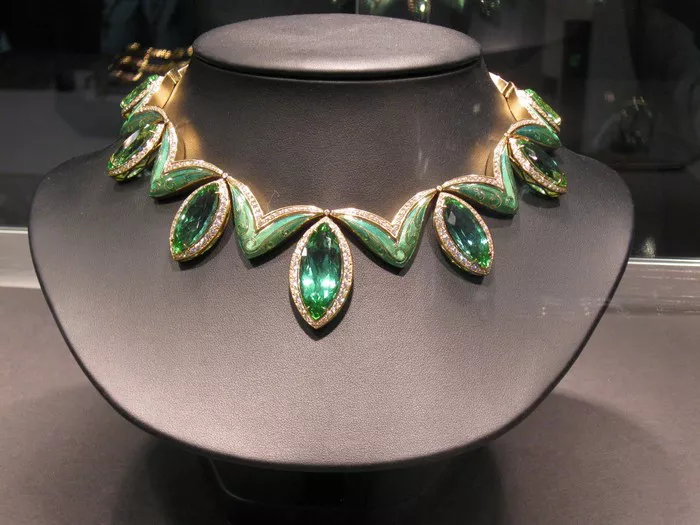Mastercard SpendingPulse has reported a notable upswing in UK festive retail, with figures covering November 1 to December 24 showing a 2.6% year-on-year increase. These statistics, encompassing both in-store and online sales across all payment methods, remain unadjusted for inflation, providing a comprehensive overview of consumer spending during the holiday season.
Despite a prevailing cost-of-living crisis and widespread discounting, the 2.6% rise is viewed as respectable in the face of inflationary pressures, which somewhat temper the apparent growth.
Mastercard SpendingPulse observed a resurgence in in-person experiences during the festive period, with restaurant spending witnessing an impressive 11.4% increase and in-store sales rising by 3.5%.
In contrast, online sales experienced a decline of 2.8%, suggesting that consumers retain a strong preference for in-person shopping experiences.
The peak in consumer spend occurred during Black Friday, as shoppers sought out promotions to optimize their spending and navigate the challenges of inflation.
Jewelry emerged as a significant winner during the festive season, experiencing a robust 8.3% growth, solidifying its status as a favored gift choice.
Clothing sales also saw a healthy upswing, marking an 8% increase as British consumers refreshed their wardrobes in preparation for the festive party season. The report highlights a resilient consumer base willing to celebrate, even in a challenging macroeconomic environment.
Natalia Lechmanova, Senior Economist, Europe for Mastercard, commented on the findings, stating, “The British consumer has exhibited a savvy approach to spending this year. While overall retail spend remains relatively flat, the increase in spending during Black Friday and Cyber Monday, particularly in electronics, is notable. Consumers have demonstrated a willingness to invest in gifts, with substantial year-on-year growth in jewelry and clothing spending, indicating a preference for value-driven purchases. Furthermore, there is a cautiously optimistic return to the high street, with consumers valuing experiences and time together post-pandemic, as reflected in the notable increase in restaurant spending.


